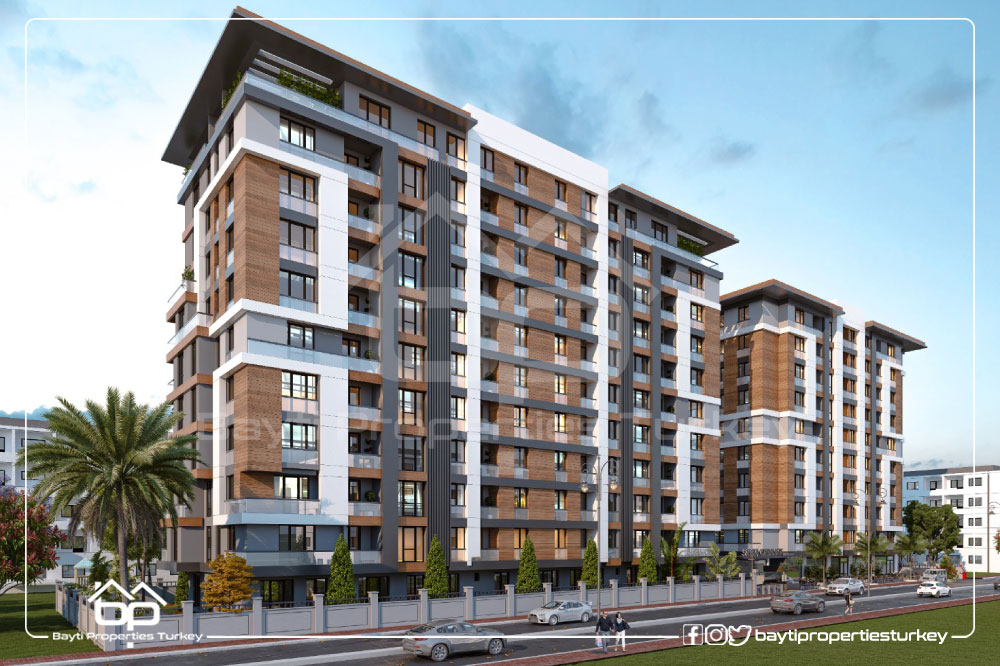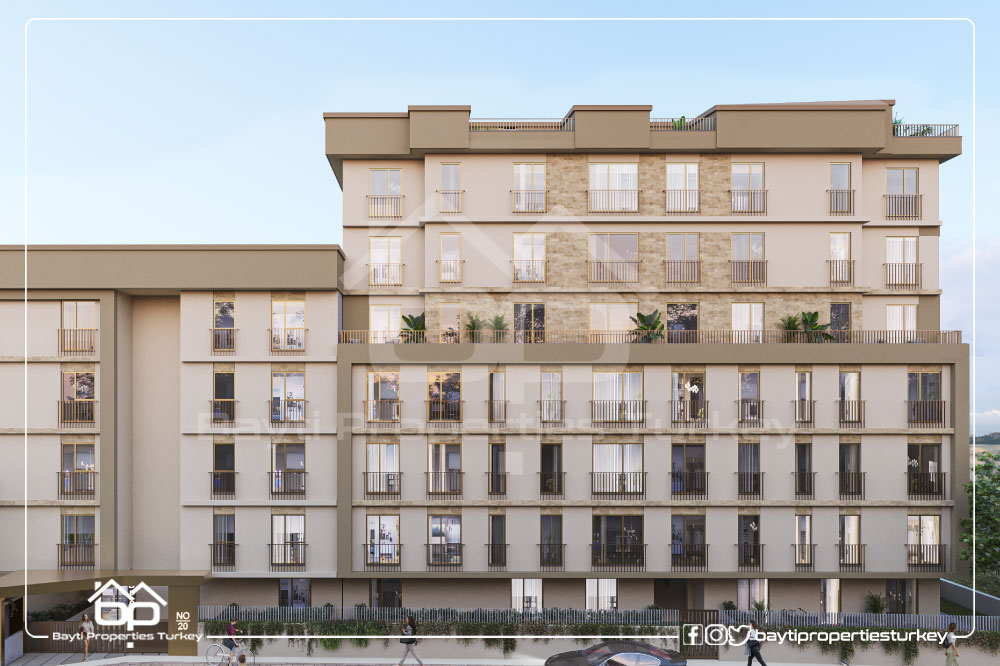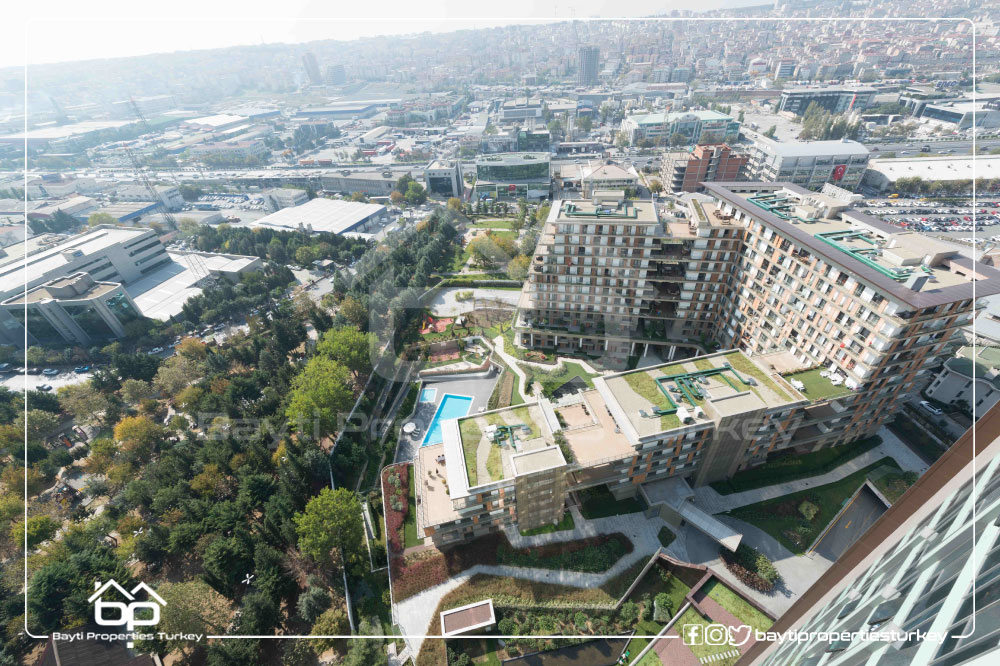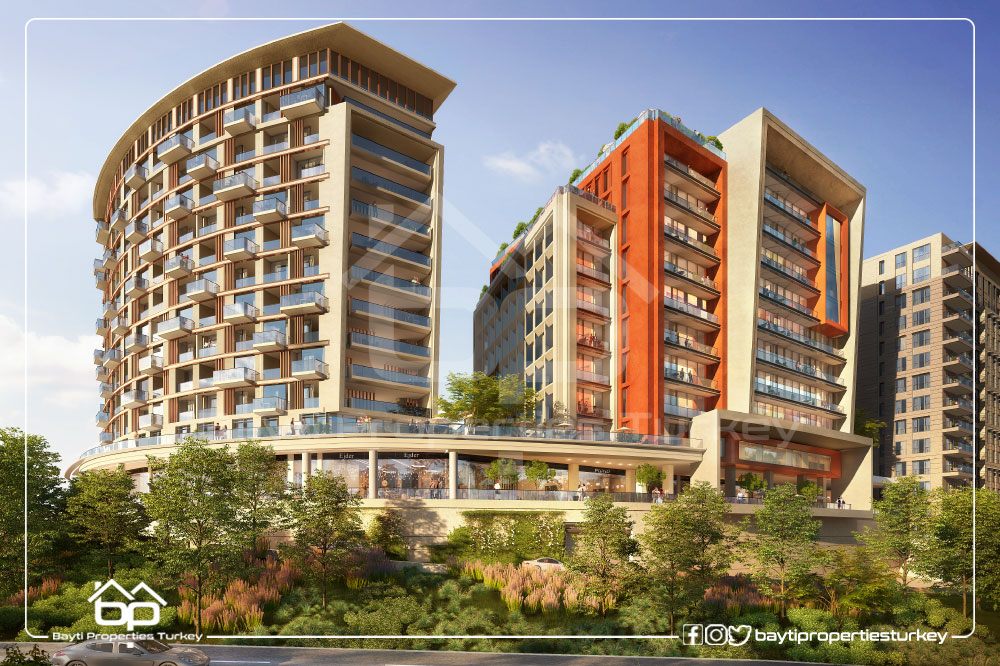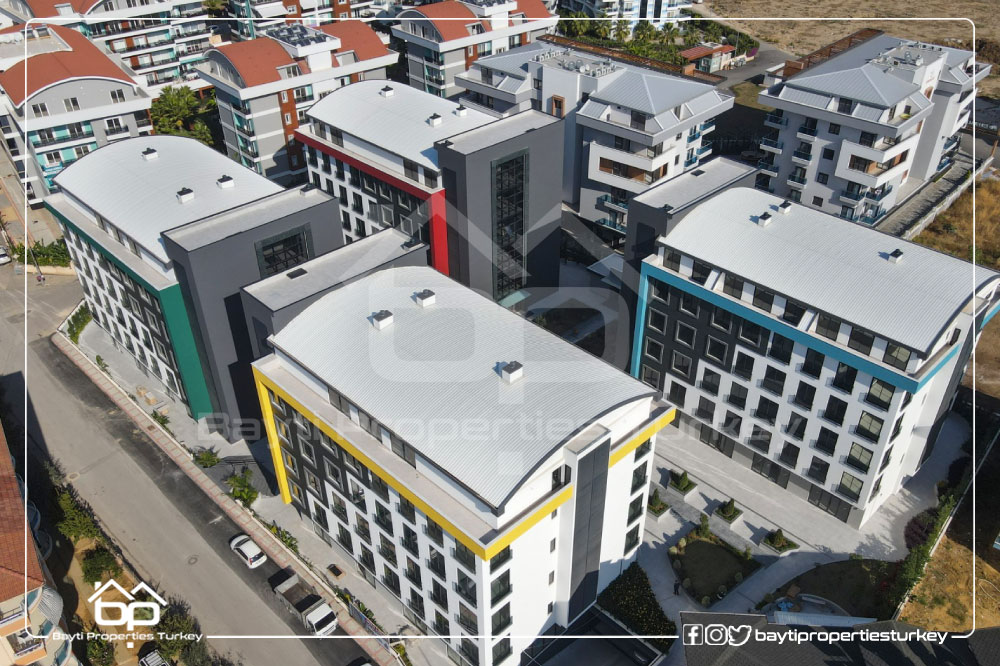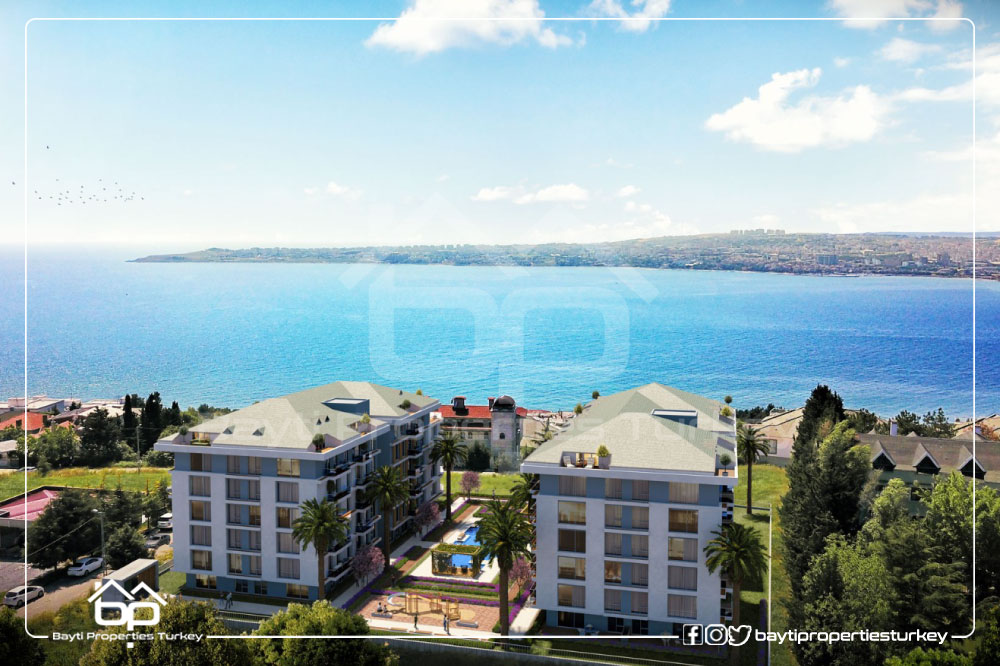Have you heard about the Arab Mosque in Istanbul before?
There is no doubt that the city of Istanbul is the favorite destination for tourism in Turkey, and because it was the capital of the Ottoman Empire, many mosques were built in it, and each of them has a story and a history. This is why we will talk this time about the Arab Mosque in Istanbul, where the first prayers for Muslims coming from Arab countries were held. In Istanbul,
the mosque is located in the Beyoglu district of Galata, close to the Golden Horn, and can be easily accessed from the well-known Taksim Square, one of the most important tourist destinations in Turkey
History of the Arab Mosque
There are different stories about who and when the Arab Mosque was built
One of them tells that Sultan Mehmed the Conqueror, when he conquered Constantinople, the mosque was a church of the Dominicans, and after the conquest turned it into a mosque, and after 20 years from this time, the Arabs were deported from Andalusia in Spain and placed in areas adjacent to the mosque, to be named “The Arab Mosque.”
As for the second and stronger narration, which is considered to be a certainty
It reconstructed the date of its construction in 717 by an Islamic army that came to Istanbul, which was called Constantinople at the time, to conquer and liberate it from the hands of the Byzantines.
It was besieged in the year 95 A.H. for nearly a year, from land and sea. Without being able to enter it, they were able to control only the Galata area. As a result, an agreement was concluded between the Islamic army and the Byzantine Emperor “Leon” stipulating the construction of a mosque in the area controlled by the Islamic army and using it to perform their prayers.
Muslims performed their worship in the Arab Mosque for about 7 years, which ended with the return of the Islamic army to the Levant.
Long after the departure of the Islamic army, the mosque was transformed into a church for adherents of the “Dominican” sect and became a vassal of Western Rome and was called “Salen Palo”.
Design of the Arab Mosque in Istanbul
In 1453 Sultan Mehmed the Conqueror was able to conquer Constantinople, so that the church was converted into a mosque again and they built a pulpit for it.
The Ottoman Empire called it “the Arab Mosque”, and made major changes to it.
The structure of the mosque was designed in the Andalusian Gothic style in a rectangular shape. It stands on 22 wooden columns. It has a single minaret and consists of three floors. A marble pulpit with brick and stone walls, in addition to the Islamic decorations and the ecclesiastical character of its interior and colored windows.
The mosque is also distinguished by the shape of its minaret, which is similar to the minaret of the Umayyad Mosque in Damascus, which was built around the time of the construction of this mosque.
It witnessed many expansion and restoration operations by the wife of Sultan Mustafa II, Salha Sultan, in 1734, and then by the daughter of Sultan Mahmud II, Adila Sultan, before the mosque took its current form, as a result of restoration works between 1913 and 1919.
The tomb of the mosque’s founder, the Islamic leader Muslima bin Abdul Malik, is located next to the mosque


